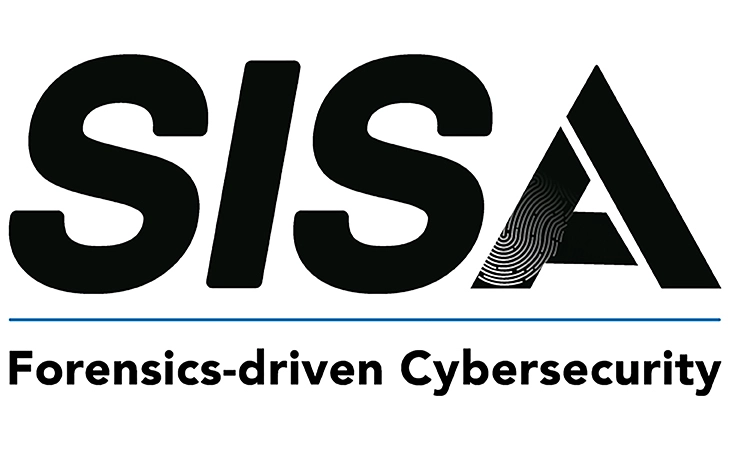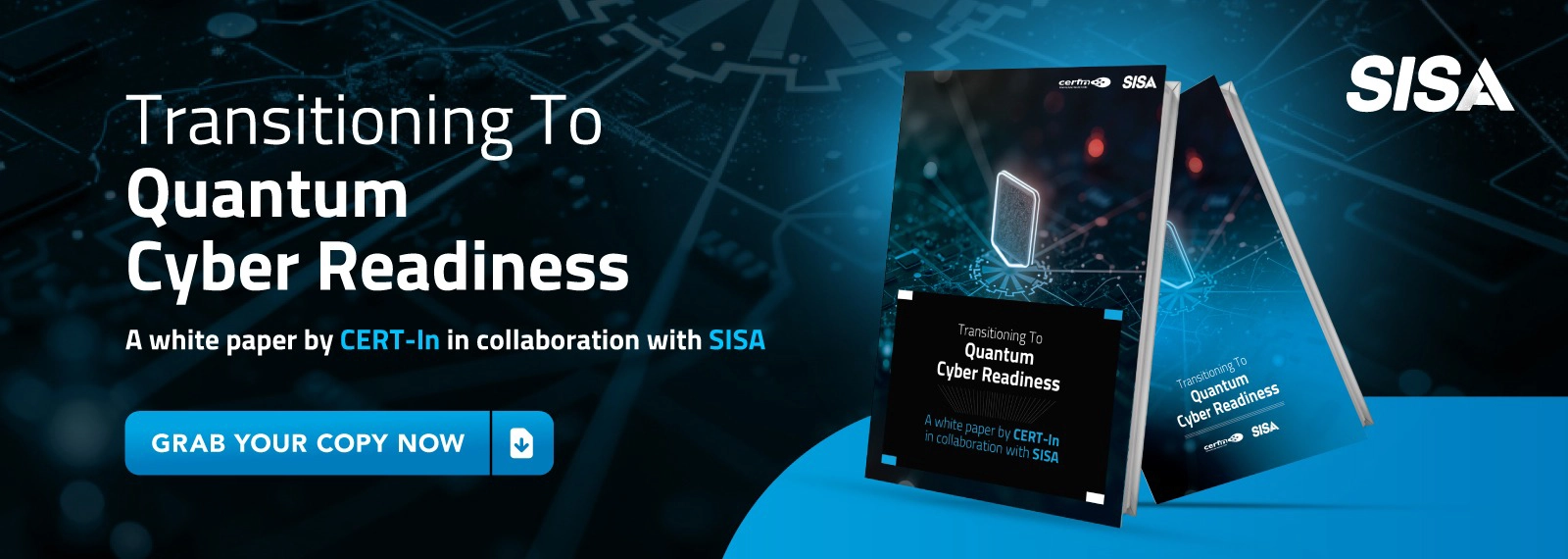
Managed XDR Services (Managed Detection & Response) Explained
When organizations think about cybersecurity today, they quickly realize that relying on traditional antivirus or perimeter defences is no longer enough. Modern threats are faster, stealthier, and often come in waves, targeting endpoints, networks, and identities all at once. This shift has made solutions like Endpoint Detection and Response (EDR), Managed Detection and Response (MDR), and the broader concept of Extended Detection and Response (XDR) central to enterprise defense strategies. If you have ever wondered why security analysts, CISOs, and even regulators are talking about managed XDR or why endpoint protection keeps showing up in analyst reports, the answer is simple: the threat landscape has outpaced what most organizations can handle on their own.
In the latest Gartner Endpoint Protection Platform (EPP) report, many vendors are being evaluated not just on detection accuracy but on how they integrate with threat intelligence, cloud workloads, and managed services. The old model of installing endpoint agents and waiting for alerts doesn’t work anymore. Sophisticated attacks bypass signatures, exploit zero-day vulnerabilities, and even use legitimate tools in malicious ways, leaving traditional defenses blind. That’s why EDR became critical—it gave security teams visibility into what was happening inside devices. But EDR by itself generates a flood of alerts that require skilled people to investigate. Not every company has a 24/7 SOC with deep expertise. That’s where MDR and MXDR services come in, offering expert-driven monitoring, triage, and response to ensure threats are not just detected but contained quickly.
Sophos, for example, positions its MDR experts as an extension of the customer’s security team, providing human expertise alongside AI-driven detection. Exabeam has been vocal about the alphabet soup of acronyms—XDR, EDR, NDR, SIEM—and how they all fit together. Their point is clear: tools are only as effective as the way they are connected. SIEM collects logs, EDR monitors endpoints, NDR watches networks, but XDR aims to unify them into one detection and response layer. Without this kind of integration, analysts are stuck swiveling between dashboards, correlating alerts manually, and wasting time. With integration, organizations can reduce noise, speed up investigations, and get to the root cause faster.
Another important angle is managed XDR, or MXDR, which combines technology and services into a single package. Vendors like Rapid7 explain MXDR as a way to offload the burden of hiring, training, and retaining cybersecurity talent—something that is extremely difficult in markets like India and APAC, where skill shortages are a constant challenge. Nopal Cyber highlights that MXDR goes beyond just monitoring endpoints; it also extends into cloud workloads, SaaS platforms, and identity protection. This expansion is critical because attackers rarely limit themselves to one layer. They exploit weak cloud configurations, phish credentials, move laterally in networks, and escalate privileges in Active Directory. Only a holistic detection and response model can catch that kind of attack chain in time.
Trend Micro frames the evolution of XDR and MDR in terms of outcomes. It’s not about the buzzwords but about reducing dwell time, catching advanced persistent threats before they escalate, and helping organizations comply with regulations that demand continuous monitoring and faster incident reporting. With compliance frameworks tightening across the globe—from GDPR in Europe to DPDP in India—companies cannot afford delays in detecting breaches. Regulators expect immediate containment, evidence preservation, and proof of controls. MXDR services deliver on this by ensuring there is always a skilled team watching, ready to respond, and able to generate the forensic reports needed for audits.
What ties all these perspectives together is the growing understanding that cybersecurity has to be proactive, not reactive. If an organization waits until a breach becomes public, the damage is already done—financially, legally, and reputationally. Proactive detection and response solutions help prevent that by constantly analyzing telemetry from endpoints, cloud environments, and user behavior. For example, an endpoint may show suspicious PowerShell activity, a cloud console may register failed login attempts from unusual geographies, and a network sensor may detect data exfiltration patterns. Individually, these alerts might be ignored as noise. Correlated together in an XDR or MXDR platform, they tell the story of an ongoing attack, and that is where timely intervention makes all the difference.
The market momentum reflects this need. Gartner’s recognition of endpoint platforms that embed detection and response signals how critical EDR is, but the same reports also emphasize managed services. Sophos and other MDR providers stress human expertise as non-negotiable. Exabeam pushes the conversation toward unified visibility. Rapid7 and Nopal Cyber showcase MXDR as the way to fill skill gaps and reduce complexity. Trend Micro positions XDR as the backbone of compliance-ready security operations. Despite the different angles, the message is the same: modern cyber defense requires a combination of technology depth and expert coverage.
Businesses evaluating these solutions often face a decision fatigue problem. Do you invest in building your own SOC, or do you partner with an MDR or MXDR provider? Do you choose point solutions for endpoint, network, and identity, or do you go for a unified platform that covers all? The practical answer depends on maturity, budget, and regulatory environment. However, the trajectory of the industry points toward managed and extended detection becoming standard, not optional. This is particularly true for sectors like BFSI, healthcare, and critical infrastructure, where downtime or breaches can be catastrophic.
Looking ahead, the convergence of XDR and MXDR with AI-driven threat hunting is going to redefine security operations. Instead of waiting for alerts, MXDR platforms will proactively hunt for anomalies, using both machine learning models and human analysts who understand attacker behavior. As adversaries adopt AI for their attacks, defenders will need AI-powered MXDR to keep pace. But even then, the human element will remain crucial—because context, intent, and business impact are things algorithms alone cannot always judge.
For organizations still considering whether to adopt managed XDR, the real question is not if but when. Delaying this shift means continuing to rely on siloed tools, overstretched IT teams, and reactive approaches that leave gaps for attackers to exploit. Embracing MXDR now means getting ahead of that curve, reducing risk, and building resilience in a world where cyber incidents are inevitable. The keyword to remember is not just detection but effective response, because speed and precision in response are what separate a close call from a catastrophic breach.
In the end, cybersecurity is not about buying tools—it’s about outcomes. Preventing data loss, maintaining compliance, protecting customer trust, and ensuring business continuity are the outcomes that matter. Whether through Gartner-recognized endpoint protection, Sophos MDR expertise, Exabeam’s unified approach, Nopal Cyber’s MXDR services, Rapid7’s fundamentals, or Trend Micro’s compliance focus, the direction is clear. Managed and extended detection and response is no longer the future of security; it is the present necessity. Organizations that recognize this and act decisively will find themselves far better prepared for the threats of tomorrow than those who wait for an incident to make the decision for them.
Latest
Blogs
Whitepapers
Monthly Threat Brief
Customer Success Stories
 USA
USA India
India APAC
APAC Middle East
Middle East Global
Global






 Facebook
Facebook Linkedin
Linkedin  X
X Youtube
Youtube







